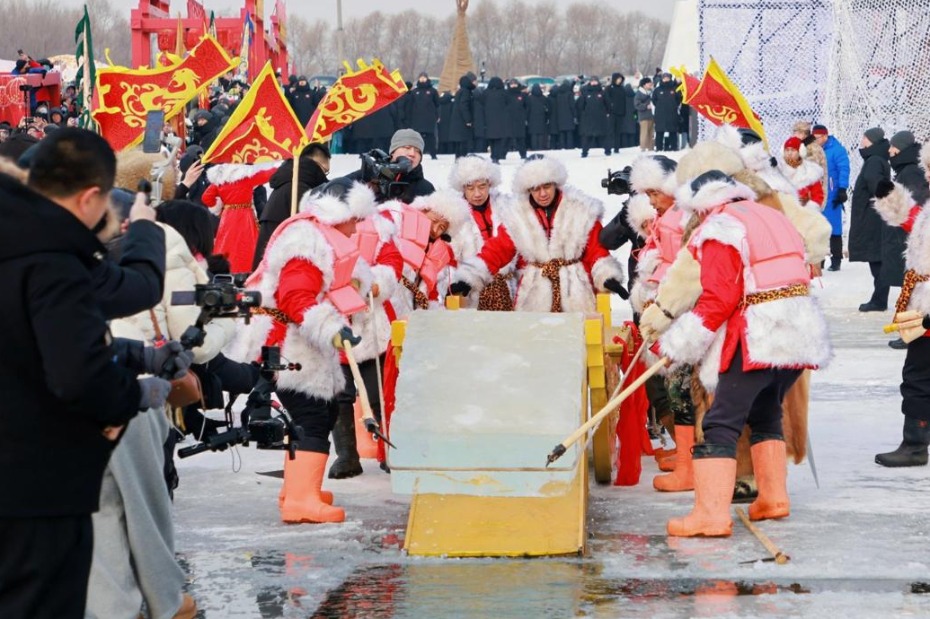Researcher credits innovation, enterprise with China's success in space


The spirit of innovation and enterprise is the secret behind China's rapid rise in the field of lunar and Mars exploration, according to a key figure in the country's space industry.
Sun Zezhou, a senior researcher at the China Academy of Space Technology in Beijing and head designer of several deep-space probes, told reporters at the Great Hall of the People in Beijing on Tuesday afternoon that before the Chang'e 3 mission, scientists and engineers overcame a great deal of technical difficulties to develop the probe's autonomous obstacle-avoidance and lunar-night survival technologies, which paved the way for the nation's first attempt to soft-land a craft on the lunar soil.
Having made its lunar landing in December 2013, China's Chang'e 3 robotic probe is still operating and has become the longest-working spacecraft on the moon, he said.
During the Chang'e 4 mission in 2018, Sun and his fellow engineers built a relay satellite and then placed it in a specially designed orbit. With the assistance of the relay craft, the Chang'e 4 probe successfully landed on the Von Karman crater in the South Pole-Aitken basin, inaugurating humanity's first close observation of the moon's little-known far side, Sun recalled.
The mission's core component — the Yutu 2 rover — has worked on the moon for more than four years and has traveled more than 1,500 meters, making it the longest-working rover of all time.
In the Tianwen 1 Mars mission, the project team decided to take an ambitious approach that would send a sophisticated spacecraft to orbit and land on the Red Planet in this single adventure.
Scientists and engineers carried out numerous calculations, experiments and tests and finally figured out an audacious plan.
The Tianwen 1 probe traveled more than 470 million kilometers before entering Mars' orbit in February 2021. Its rover, Zhurong, touched down on the planet in May 2021.
To date, the rover has traveled nearly 2,000 meters and has obtained a great deal of scientific data.
- China's top political advisor meets delegation of A Just Russia party
- Pooled efforts expected to deepen reforms in Hong Kong with new legislature elected
- Nanfeng mandarins of Jiangxi are going global
- Former senior official of Guangxi expelled from Party
- Former CPPCC official Bi Jingquan dismissed from office
- Man detained for allegedly hugging unfamiliar girl in Guangdong park



































